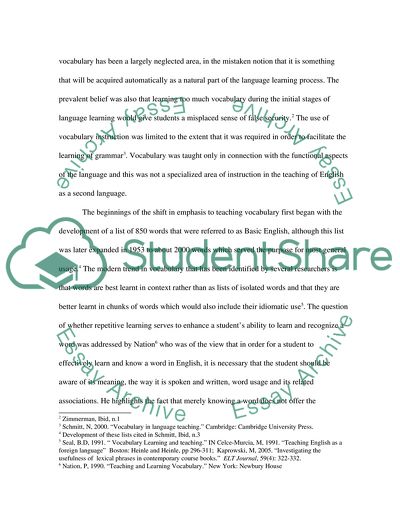Cite this document
(Teaching English as a Second Language Term Paper, n.d.)
Teaching English as a Second Language Term Paper. Retrieved from https://studentshare.org/education/1704849-aspects-of-linguistics
Teaching English as a Second Language Term Paper. Retrieved from https://studentshare.org/education/1704849-aspects-of-linguistics
(Teaching English As a Second Language Term Paper)
Teaching English As a Second Language Term Paper. https://studentshare.org/education/1704849-aspects-of-linguistics.
Teaching English As a Second Language Term Paper. https://studentshare.org/education/1704849-aspects-of-linguistics.
“Teaching English As a Second Language Term Paper”, n.d. https://studentshare.org/education/1704849-aspects-of-linguistics.


